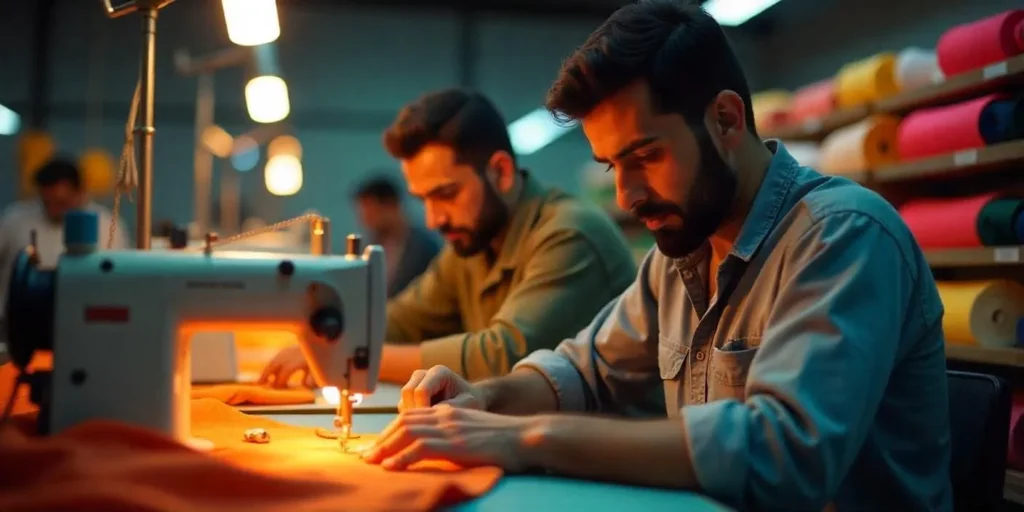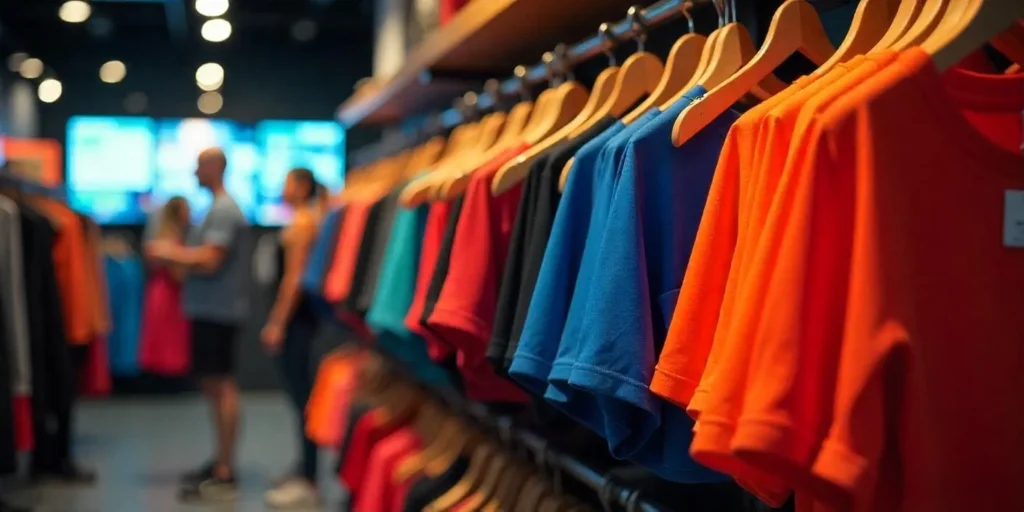In-Depth Look at Sportswear Manufacturing
As a sportswear manufacturer, understanding the intricacies of the industry is essential for positioning your brand effectively and ensuring sustainable growth. This article explores the various aspects of sportswear manufacturing, including materials, production processes, market trends, and strategies for success.
Understanding Sportswear Manufacturing

What is Sportswear?
Sportswear refers to clothing designed specifically for physical activity and exercise. This category includes a wide range of apparel such as:
- Activewear: Clothing designed for workouts (e.g., leggings, shorts, tank tops).
- Athleisure: Stylish clothing that can be worn both in and out of the gym.
- Footwear: Shoes designed for specific sports or general athletic use.
- Accessories: Items like headbands, socks, and bags that complement athletic wear.
Key Components of Sportswear Manufacturing
1. Materials
The choice of materials is crucial in sportswear manufacturing. High-performance fabrics often have specific properties that enhance athletic performance. Common materials include:
- Polyester: Lightweight and moisture-wicking, ideal for activewear.
- Nylon: Durable and stretchy, often used in leggings and outerwear.
- Spandex/Lycra: Provides elasticity and comfort in form-fitting garments.
- Merino Wool: Offers natural moisture-wicking and temperature regulation.
2. Design and Development
The design phase involves creating functional yet aesthetically pleasing clothing. Key considerations include:
- Fit: Ensuring the garment allows for a full range of motion.
- Functionality: Incorporating features like pockets, zippers, and ventilation.
- Style: Balancing performance with current fashion trends to appeal to consumers.
3. Production Processes
The production process typically involves several stages:
- Pattern Making: Creating templates for each garment size and style.
- Cutting: Fabric is cut according to patterns using precision techniques.
- Sewing: Pieces are stitched together using industrial sewing machines.
- Finishing: Final touches such as hemming, labeling, and quality control are applied.
Quality Control
Maintaining high-quality standards is essential in sportswear manufacturing. Implementing rigorous quality control measures at each stage of production helps ensure that the final product meets industry standards and consumer expectations.

Market Trends in Sportswear
1. Sustainability
Sustainable practices are becoming increasingly important in the sportswear industry. Consumers are more aware of environmental issues and prefer brands that prioritize eco-friendly materials and ethical manufacturing processes. Consider incorporating:
- Recycled materials into your products.
- Sustainable packaging solutions.
- Transparency in your supply chain practices.
2. Technological Innovation
Advancements in technology are reshaping sportswear manufacturing. Consider investing in:
- Smart textiles that monitor performance metrics (e.g., heart rate, temperature).
- 3D knitting technology for seamless garment construction.
- Digital printing techniques for custom designs with minimal waste.
3. Customization
Offering customization options can enhance customer satisfaction and loyalty. Allowing consumers to personalize their gear—whether through color choices, fit adjustments, or unique designs—can set your brand apart.
Strategies for Success

1. Market Research
Conduct thorough market research to understand consumer preferences and identify gaps in the market. This will help you tailor your products to meet specific needs.
2. Brand Identity
Develop a strong brand identity that resonates with your target audience. This includes creating a compelling brand story, logo, and marketing strategy that reflects your values and mission.
3. Digital Presence
Establish a robust online presence through an engaging website and active social media channels. Utilize e-commerce platforms to reach a broader audience and leverage digital marketing strategies to promote your products.
4. Collaboration
Consider partnerships with fitness influencers, athletes, or local gyms to increase brand visibility and credibility. Collaborations can also lead to co-branded products that attract new customers.
Conclusion
As a sportswear manufacturer, understanding the complexities of the industry—from material selection to production processes—is vital for success. By staying attuned to market trends such as sustainability, technological innovation, and customization, you can create high-quality products that resonate with consumers. Implementing strategic marketing initiatives will further enhance your brand’s visibility and growth potential in this competitive landscape. Embrace these insights to position your brand effectively within the dynamic world of sportswear manufacturing.


